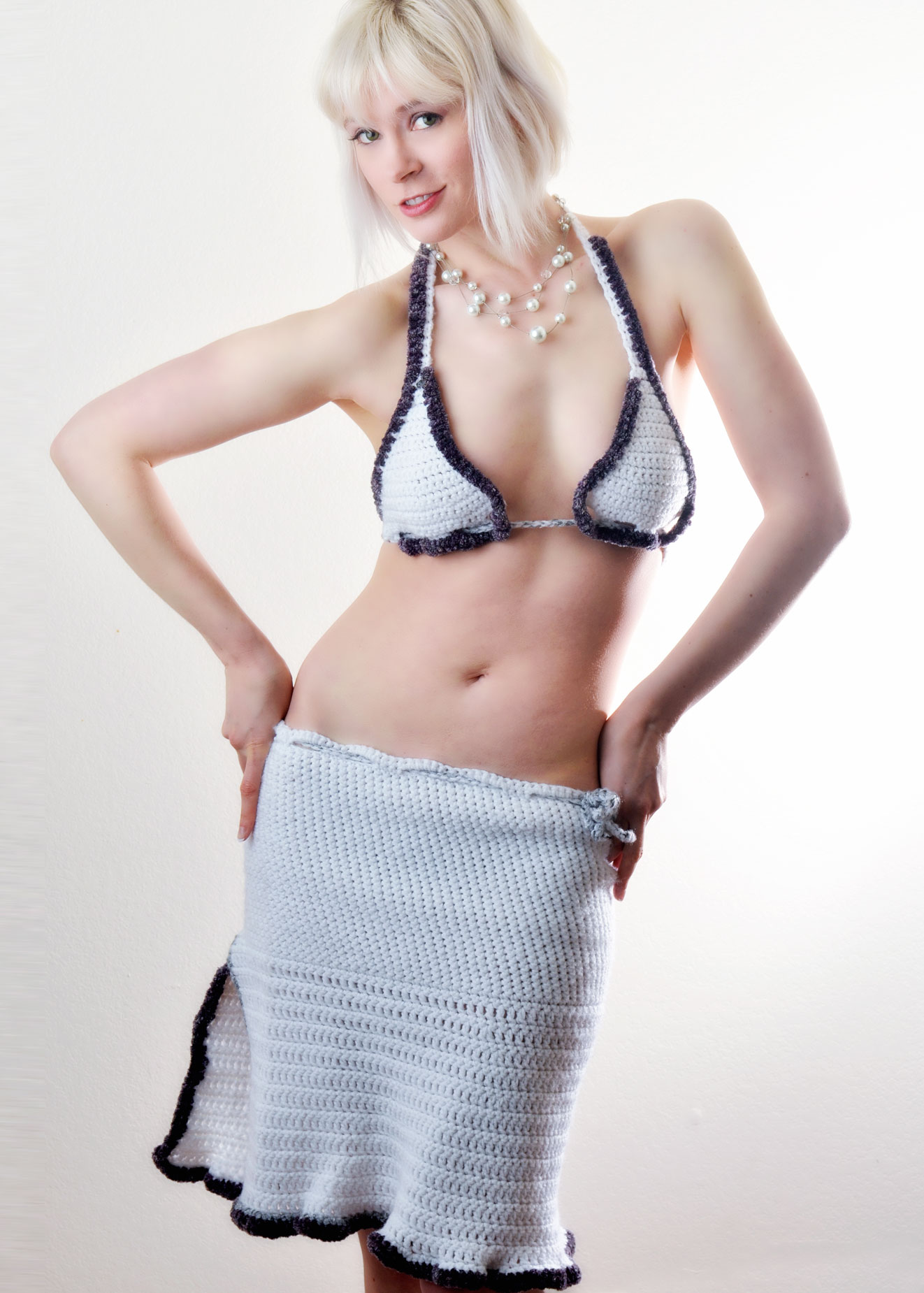Today’s Post by Blue Moon Staff
National Wear Your Pearls Day on December 15th reminds us that when life throws dirt our way, we all have value in the end. The beautiful result of nature’s design, one irritating grain of sand can cause an iridescent pearl to form. Best-selling author and motivational speaker, DeAnna Bookert, founded National Wear Your Pearls Day because pearls represented the story of her life and how she struggled with depression. “I wear pearls as a reminder that I have purpose and value.”
#WearYourPearlsDay
Just as pearls come in a variety of shapes, sizes, and colors, so do people and the kinds of trials thrown into our lives.
 We create our own beauty from the tragedies of our lives but often do not see it.
We create our own beauty from the tragedies of our lives but often do not see it.
We devalue ourselves and as a result, lose motivation to be a part of life. Like pearls, we develop a process to protect ourselves from further damage, layer by layer becoming stronger and more resourceful.
Recognizing the collective value of our strengths is like wearing our pearls. When life throws dirt your way, put on your pearls as a reminder that you have value regardless of your current circumstances. Remember on December 15th to wear your pearls.
How I Made this Portrait
For this portrait of Pamela wearing a white crocheted outfit, with those oh-so Louise Brooks bangs. A Wafer HexOval 100 softbox attached with a Balcar speed ring to a Paul C Buff DigiBee 800 monolight was placed at camera left and fairly close to Pam. A Paul C Buff Alien Bee, without a reflector was placed low and at camera right, slightly behind her. The backdrop is my formerly white home studio wall.
For reasons I don’t at the moment remember—camera problems?—I decided to shoot this portrait with my wife’s Nikon D5100 DSLR. The lens used was the 18-55mm f/3.5-5.6 kit lens (at 55mm) with an exposure of 1/200 sec at f/9 and ISO 200. After light retouching, the original color JPEG file (before my RAW+JPEG regimen) added a bit of soft focus using the Glamour Glow filter that’s part of Color Efex.
I wanted the pose to be somewhat stagy, like the movie production shots of the ‘30s and 40s and I like to show the model the photographs on the camera’s LCD as we work, so she can see how she looks which invites suggestions on how to improve the pose. This kind of photography, like making movies, is collaborative and the more the model is involved in the process the better the results will look.
